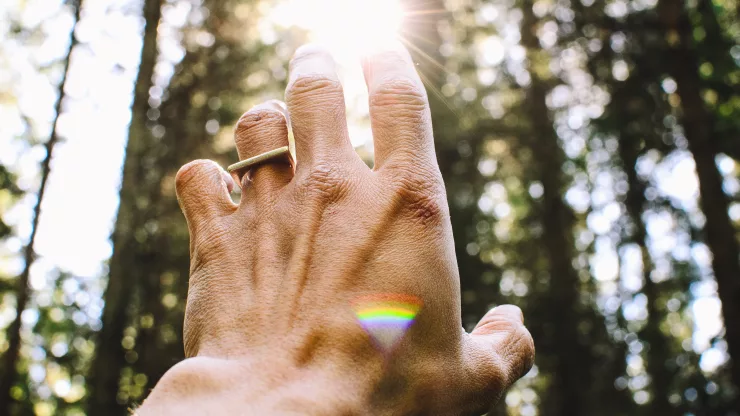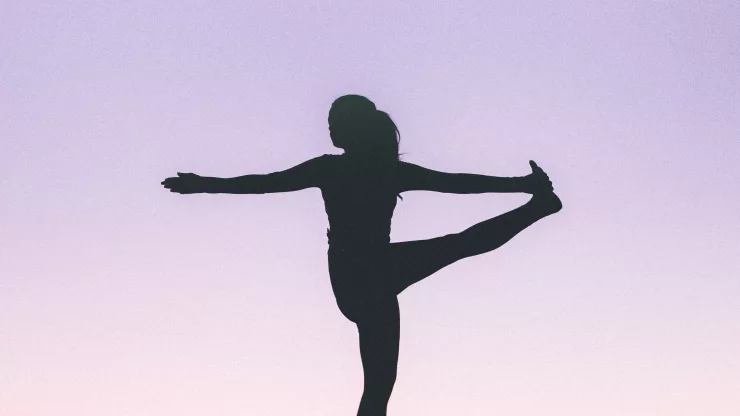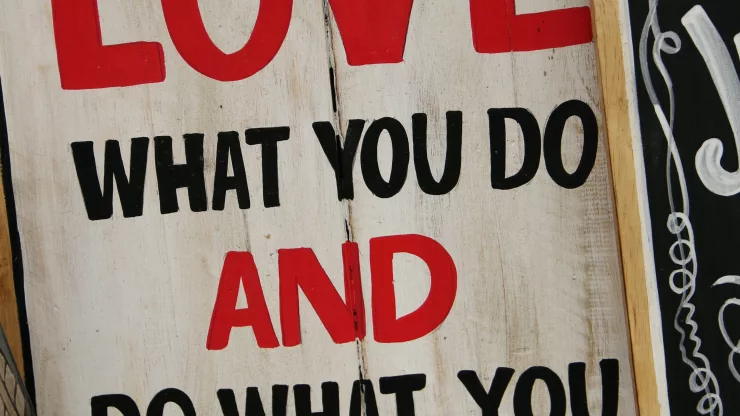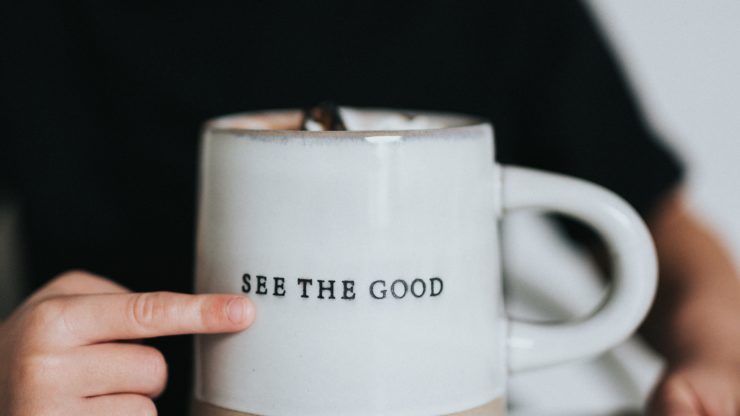Reiki for Revitalization
In today’s fast-paced world, it’s easy to get caught up in the hustle and bustle of everyday life. We often forget to take care of ourselves and prioritize our well-being.
This is where Reiki comes in. Reiki is a form of alternative therapy that focuses on energy healing.
It’s a holistic practice that can help revitalize your mind, body, and spirit.
In this article, we’ll explore the benefits of Reiki for happiness and well-being, how to get started with Reiki practice, and real-life success stories.
Jump to Section
What is Reiki and How Does it Work?
Reiki is a Japanese technique for stress reduction and relaxation that also promotes healing.
The word Reiki is made up of two Japanese words: "rei" which means universal, and "ki" which means life force energy.
Reiki practitioners believe that when we are stressed or ill, our life force energy is low, and by channeling universal energy into our bodies, we can restore balance and promote healing.
Reiki practitioners use a technique called palm healing or hands-on healing, where they place their hands on or near the patient’s body to channel energy.
The practitioner does not manipulate the patient’s body, and the patient remains fully clothed during the session.
Reiki is a non-invasive practice that can be used alongside traditional medical treatments.
The Benefits of Reiki for Happiness and Well-being
Reiki has been found to have numerous benefits for happiness and well-being, including:
- Reducing stress and anxiety
- Increasing feelings of relaxation and calmness
- Boosting the immune system
- Relieving pain and promoting healing
- Improving sleep quality
- Enhancing spiritual growth and emotional healing
Reiki can be beneficial for anyone, regardless of age or health status, and can help promote a sense of overall well-being.
How to Get Started with Reiki Practice
If you’re interested in practicing Reiki, the first step is to find a certified Reiki practitioner. You can search online or ask for recommendations from friends or family.
During your first session, the practitioner will explain the practice and ask about your goals and concerns.
If you’re interested in becoming a Reiki practitioner yourself, you can enroll in a Reiki training program. There are three levels of Reiki training: level one, level two, and master level.
Each level builds upon the previous one, and by the end of the master level, you’ll be able to practice Reiki on yourself and others.
Stories of Reiki Success: Real People, Real Results
Many people have experienced positive outcomes from practicing Reiki. Here are a few success stories:
- Sarah had been struggling with chronic pain for years. After trying various treatments with little success, she decided to try Reiki. After just a few sessions, she noticed a significant reduction in her pain levels and an overall increase in her sense of well-being.
- John had been dealing with anxiety and depression for most of his life. He had tried various medications and therapy but was still struggling. After trying Reiki, he noticed a significant reduction in his symptoms and an overall improvement in his mental health.
- Jane had been dealing with insomnia for years. She had tried various sleep aids and remedies but was still having trouble sleeping. After trying Reiki, she noticed that she was able to fall asleep more easily and stay asleep throughout the night.
Incorporating Reiki into Your Daily Life for Lasting Change
While Reiki sessions with a practitioner can be beneficial, incorporating Reiki into your daily life can help promote lasting change. Here are a few ways to incorporate Reiki into your daily routine:
- Practice self-Reiki: Set aside a few minutes each day to practice Reiki on yourself. This can help reduce stress and promote relaxation.
- Use Reiki symbols: Reiki symbols can be used to promote healing and balance. You can draw them on your body, visualize them, or even use them in meditation.
- Practice Reiki on others: If you have friends or family members who are open to Reiki, you can practice on them. This can help promote healing and deepen your connection with them.
FAQ
What should I expect during a Reiki session?
During a Reiki session, you’ll typically lie down on a table or sit in a chair while the practitioner places their hands on or near your body. You may feel a warm or tingling sensation during the session, but it should be a relaxing experience overall.
Is Reiki a religious practice?
Reiki is not a religious practice and does not require any specific beliefs or affiliations. It’s a holistic practice that can be used by anyone regardless of their religious or spiritual beliefs.
Can Reiki be used alongside traditional medical treatments?
Yes, Reiki can be used alongside traditional medical treatments. It’s a non-invasive practice that can help promote healing and overall well-being.
However, it’s important to consult with your healthcare provider before starting any new treatments.

With a deep passion for personal development, Ben has dedicated his career to inspiring and guiding others on their journey towards self-improvement.
His love for learning and sharing knowledge about personal growth strategies, mindfulness, and goal-setting principles has led him to create My Virtual Life Coach.
Contact Ben at [email protected] for assistance.




